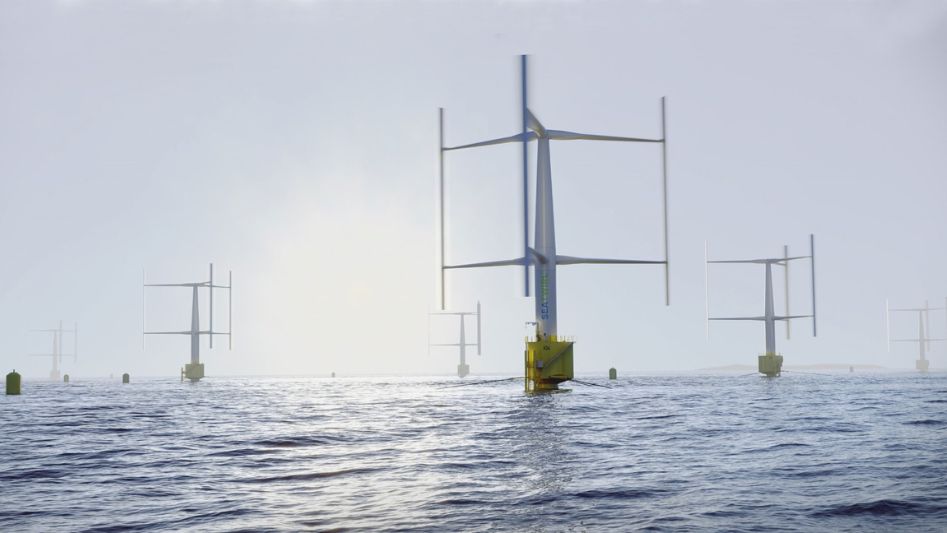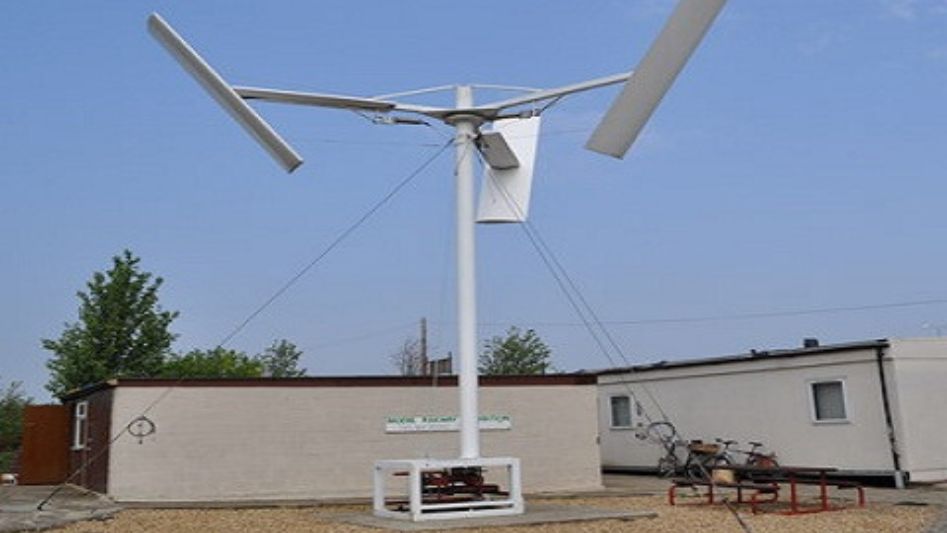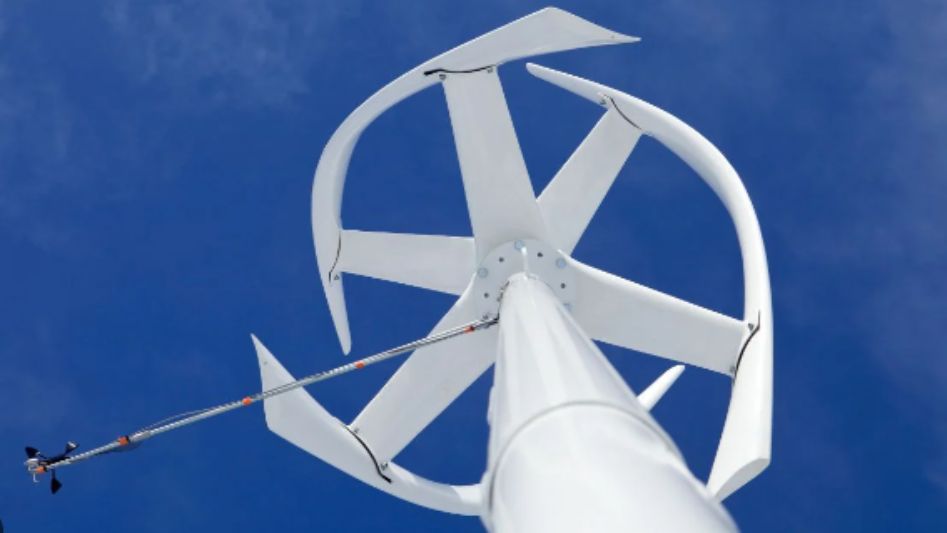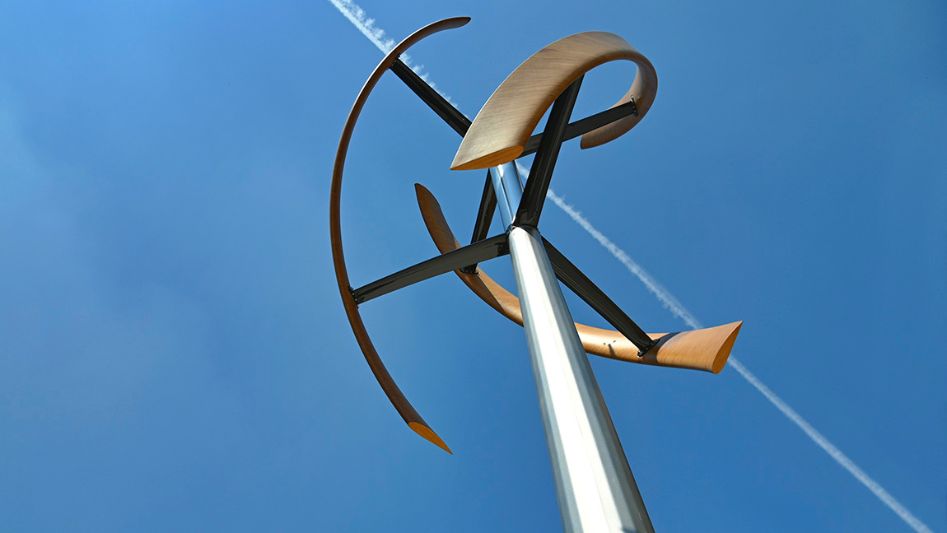Wind energy is becoming an increasingly popular source of renewable energy worldwide. As technology has improved, vertical axis wind turbines (VAWTs) have emerged as an alternative to the more traditional horizontal axis wind turbines (HAWTs). While VAWTs have some advantages, they also have some drawbacks that must be considered. In this article, we will explore the pros and cons of vertical-axis wind turbines.
Table Of Content
We invite you to read: “Vertical Axis Wind Turbines. Can They Work Together?”

Pros of Vertical Axis Wind Turbines
Suitable for Urban Areas
VAWTs can be installed in urban areas due to their compact size and low noise levels. They are also aesthetically pleasing and can be designed to blend in with the surrounding environment.
Lower Wind Speeds
VAWTs can operate in lower wind speeds than HAWTs, which means they can be used in areas with less consistent wind. They are also less affected by turbulence and wind direction changes.
Maintenance
VAWTs have fewer moving parts than HAWTs, which means they require less maintenance and have a longer lifespan. The vertical orientation of the turbine also means that it is easier to access and maintain the components.
Better at Ground Level
VAWTs can be installed closer to the ground, making them easier to install and maintain. They also have a smaller footprint, which means they take up less space.
We invite you to read: “The Long Road to Vertical Axis Wind Turbines (VAWT)”

Cons of Vertical Axis Wind Turbines
Efficiency
VAWTs have lower efficiency rates than HAWTs due to their design. They produce less power per unit of swept area, which means they require more turbines to produce the same amount of energy as a HAWT.
Limited Scalability
VAWTs are not as scalable as HAWTs, which makes them less suitable for large-scale wind farms. They are better suited for smaller installations, such as for residential or commercial use.
Turbulence
VAWTs can experience more turbulence than HAWTs due to their vertical orientation. This can reduce their performance and lifespan.
Cost
VAWTs are more expensive than HAWTs due to their design and the materials required. The cost of manufacturing and installing VAWTs can be a barrier to their adoption, especially for larger-scale projects.
We invite you to read: “Are Vertical Axis Wind Turbines Really The Future?”

Conclusion
Vertical axis wind turbines have some advantages over horizontal axis wind turbines, such as their suitability for urban areas, lower wind speed requirements, and lower maintenance needs. However, they also have some disadvantages, such as lower efficiency rates, limited scalability, more turbulence, and higher costs. When considering the use of wind energy, it is important to carefully weigh the pros and cons of both types of turbines and choose the option that is most suitable for the specific application
FAQ
What is a vertical axis wind turbine (VAWT)?
A vertical axis wind turbine is a type of wind turbine that has blades that rotate around a vertical axis, rather than a horizontal axis like traditional wind turbines.
How do VAWTs differ from HAWTs?
VAWTs have a different design than horizontal axis wind turbines (HAWTs), with blades that rotate around a vertical axis rather than a horizontal one. This design makes them more suitable for urban areas and low-wind-speed environments but less efficient and less scalable than HAWTs.
Are VAWTs suitable for all locations?
VAWTs are more suitable for low-wind-speed environments and smaller installations, such as residential or commercial use. They may not be as suitable for large-scale wind farms due to their limited scalability and lower efficiency rates.
You May Also Like
- The Benefits of Implementing Vertical Axis Wind Turbines Offshore
- Small but Mighty: How Vertical Axis Wind Turbines are Making a Big Impact in Cities
- Vertical Axis Wind Turbines Will Dominate The Floating Offshore Wind Market
- Offshore Wind Farms: The Advantages and Challenges
- Wind Turbine Technology: Past, Present, and Future

